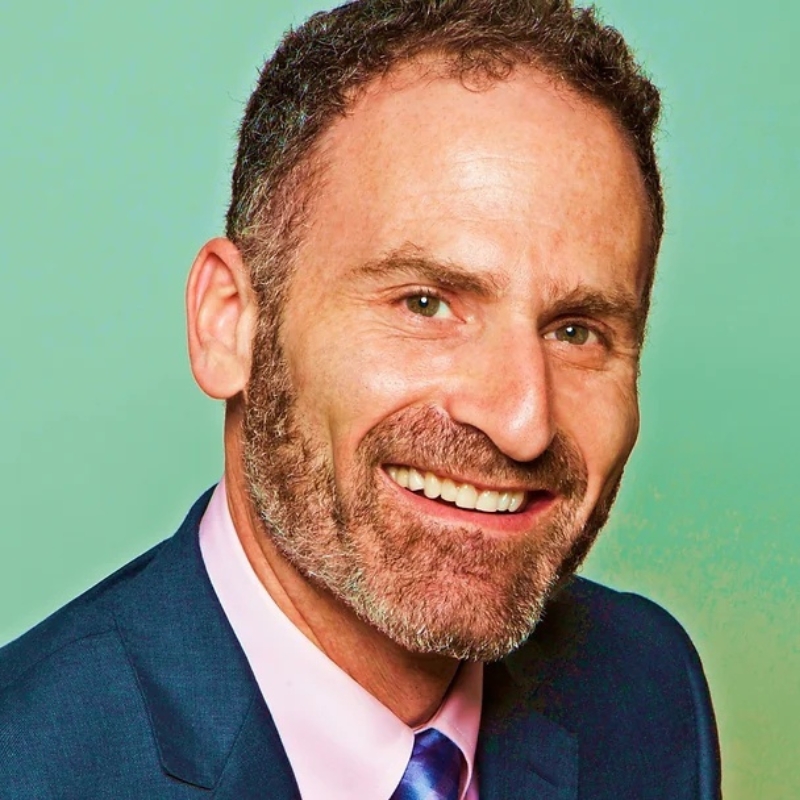These concluding parshiyot of Leviticus can feel like a slog. We are well past the excitement of Exodus and even the drama of the death of Aaron’s two older sons. Weeks of readings about the minutiae of ancient Israelite life — agricultural laws, slavery laws, holidays — make us yearn for Numbers, where we will be off on the desert journey and things will start to happen again. (Though, in fact, it is not until Numbers 10:11, three weeks into the book, that the Israelites leave Sinai, so we have a ways to go still.)
Behar reminds us in its opening verse that the laws we encounter in this week’s Torah portion were given by God to Moses on Mt. Sinai (Behar Sinai) — almost as if the Torah knows this is a hard read and wants to remind us of that spiritual high. These laws are intended to help the Israelites create a just and sustainable society; how to come down from the mountain, if you will, and live as a people. A powerful metaphor.
Just two weeks ago in Parshat Kedoshim, we encountered one of the most fundamental teachings in the Torah — if not THE most fundamental teaching: “Love your neighbor as yourself; I am THE ETERNAL.” (Leviticus 19:18)
Find more commentaries on Behar.
In this week’s portion, the teachings and laws are all about the details, the practicalities of daily living. They may seem anti-climactic, coming six chapters after Leviticus 19:18, but experiencing them that way misses a key point.
In her (M)oral Torah commentary on Kedoshim, Rabbi Danya Ruttenberg reminded us of the literary device called the chiasm, which is commonly found in biblical literature. She described it as “…something of a ‘sandwich’ structure (A-B-C-B-A) and in which the middle point — the middle word, verse, chapter, and so forth — is regarded as the most significant.”
That was certainly the case with Leviticus 19:18, which is located at the center of Leviticus, at the center of the Torah. From a literary perspective, in the weeks leading up to Kedoshim we were progressing from A to B to C, and now we are on our way back from C to B to A. We are returning from the mountain to the plains; from our highest ideals to the practicalities of daily living; from the most fundamental expression of holiness to where we are now.
Find more commentaries on Israel/Palestine.
When I think about where we are now, I think of the conflict in the Middle East and the horrors faced each passing day by both Israelis and Palestinians. How did we get here, so far from loving our neighbor? The gap between our highest ideals and our present reality requires a path, a practical means for getting us from where we are to where we hope to be. C to B to A.
And when I think about that path, I think of a reading in the Reform siddur, “Mishkan T’filah,” adapted from Michael Walzer’s “Exodus and Revolution”:
Standing on the parted shores, we still believe what we were taught before ever we stood at Sinai’s foot; that wherever we go, it is eternally Egypt; that there is a better place, a promised land; that the winding way to that promise passes through the wilderness. That there is no way to get from here to there except by joining hands, marching together.
Perhaps that path, that practical means of de-escalating, can take its cues from Behar: small details, pieced together one at a time, until a larger picture of a just society eventually emerges from them.
Rabbi Moshe Heyn was ordained 25 years ago at the Cincinnati campus of HUC-JIR and just became a Doctor of Divinity along with his classmates. He currently serves the Coastside Jewish Community in Half Moon Bay, CA, involving himself in local as well as global initiatives. When he’s not engaged in study and service, he enjoys surfing, biking, and meditating.

